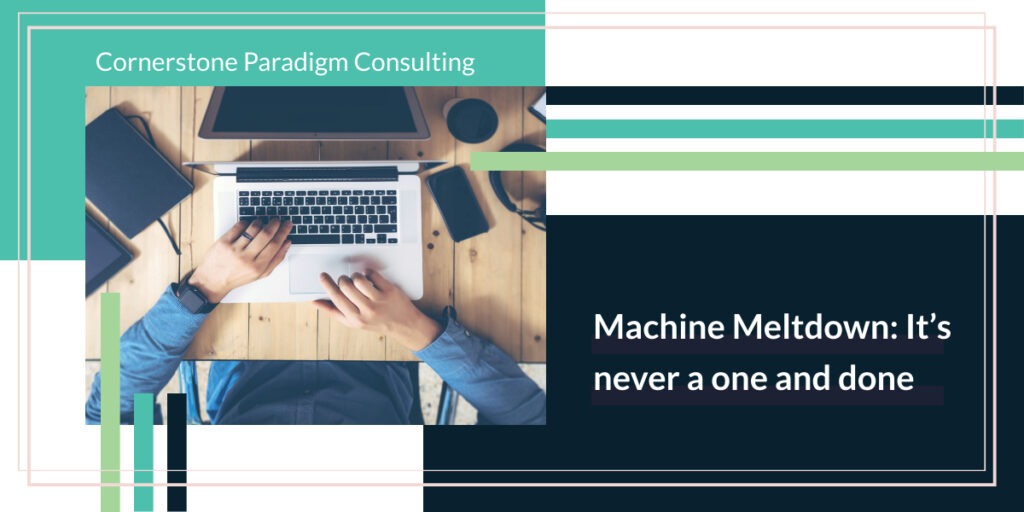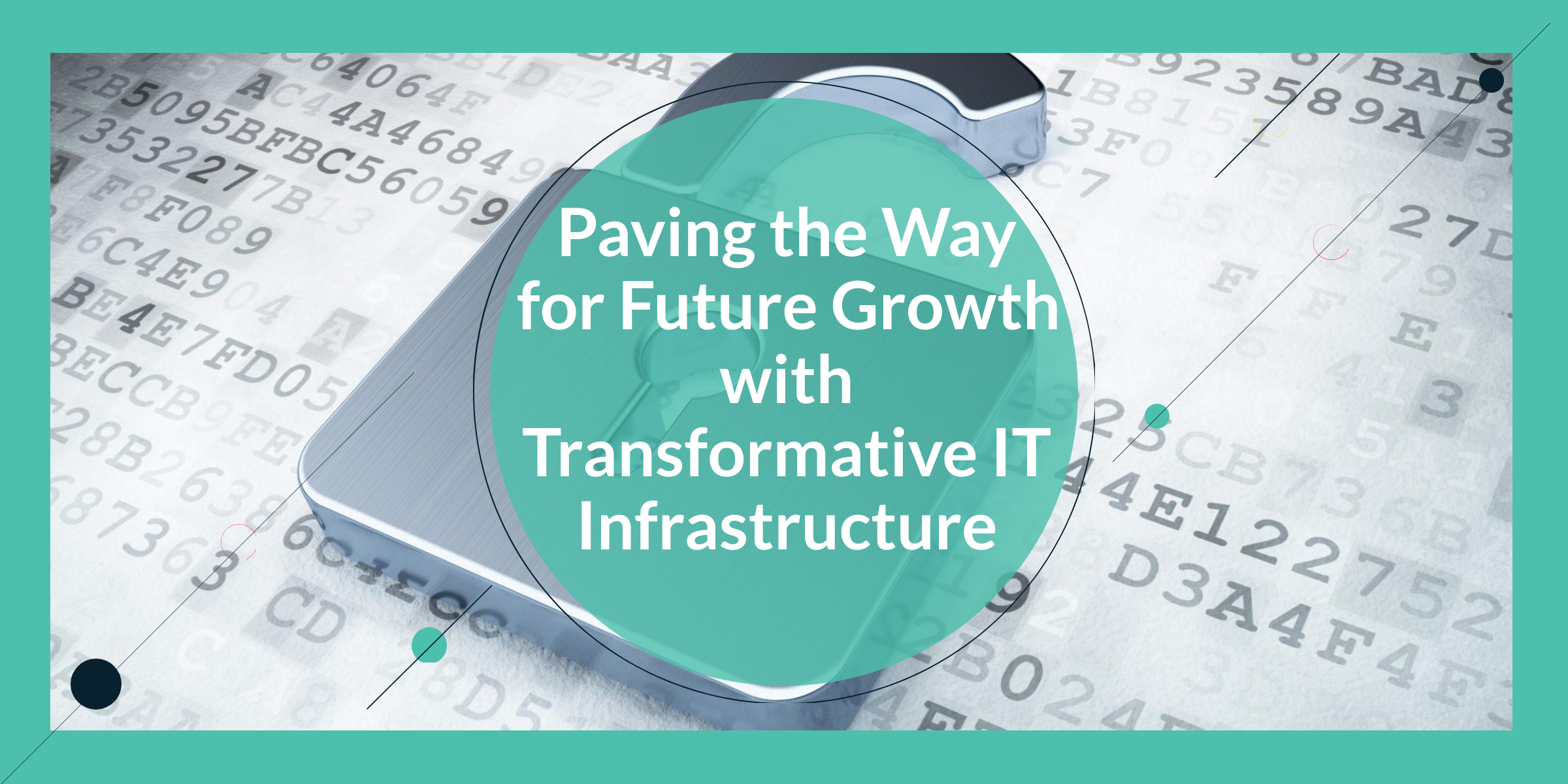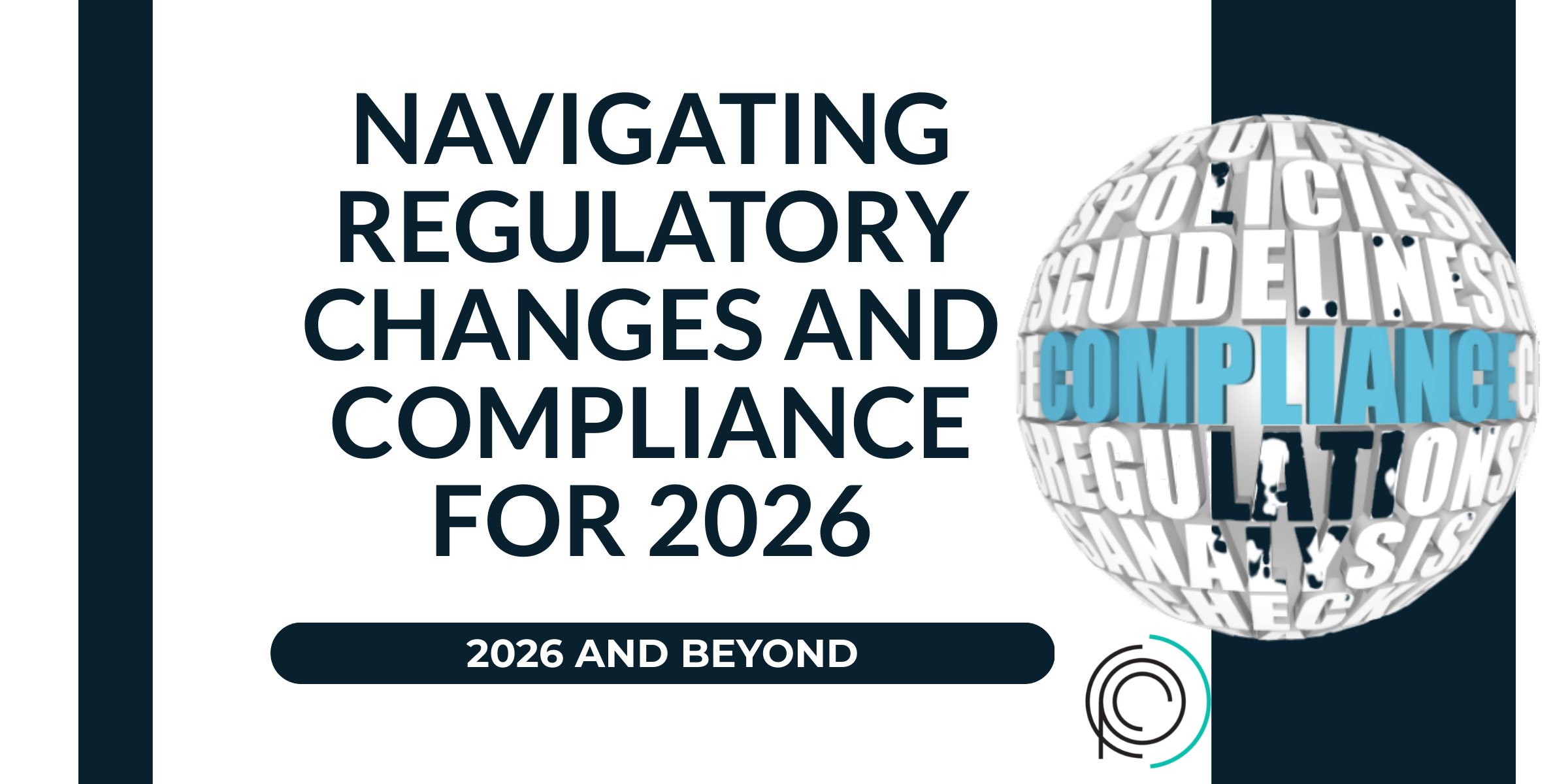Navigating the Tech Hiring Maze: Transforming Challenges into Opportunities for Growth and Innovation
Like most companies in today’s fast-paced world, you find yourself busier than ever, with a to-do list that seems to stretch endlessly, much like your forearm. In the midst of this bustling activity, your HR lead is actively on a hiring spree. The mission? Finding the next perfect candidate who can bridge a much-needed human capital gap, is critical for the company’s continued growth and success.
In this age, we all heavily rely on technology to streamline and automate many of the processes that, frankly, have become too cumbersome and time-consuming to handle manually. This reliance on digital tools has transformed the way we work, offering efficiencies that were previously unimaginable. However, the challenge with technology, as with any machinery, is that it’s never a simple one-and-done purchase.
I completely understand the hesitation and the creeping sense of dread that might be infiltrating your thoughts right now. The memory of the long, tedious, and often overwhelmingly exhausting sales process is probably still vivid in your mind, casting a shadow over the thought of having to endure such an ordeal all over again, making it anything but appealing. It’s undeniably a daunting prospect when one considers the immense amount of time, effort, and emotional investment involved.
However, it’s crucial to remember, much like the complex and intricate machines used in the manufacturing industry, that technology does not remain static. It evolves, grows, and improves over time, necessitating regular updates and meticulous maintenance to ensure its optimal performance and efficiency. This requirement for upkeep is not just about maintaining the status quo but about pushing boundaries and enhancing capabilities to stay ahead in the competitive market.
In the same vein, just as a piece of machinery must be kept in top-notch condition through regular check-ups, calibrations, and repairs to function at its best, the technology that underpins and drives our business processes must also be kept up-to-date. This is essential not only to meet the ever-evolving demands of the market but also to exceed the expectations of our customers, who rely on us for innovation, reliability, and excellence.
Embracing this ongoing process of technological enhancement and adaptation is vital. It allows us to remain agile, responsive, and forward-thinking in our approach. By doing so, we not only overcome the challenges posed by a dynamic business environment but also seize new opportunities for growth, learning, and development. So, while the prospect of re-entering the sales process might seem daunting at first, with a perspective shift and a focus on the benefits of embracing technological advancements, we can approach it with a renewed sense of purpose and optimism.
Patching and rolling out updates are not just routine tasks but crucial activities to ensure that software continues to be effective, efficient, and above all, secure. With the rapid evolution of technology and the increasing sophistication of cyber threats, maintaining the latest version of your technological platforms becomes not just advisable but imperative. Doing so is essential not only to take advantage of the cutting-edge features that come with updates but also to ensure that your systems function seamlessly and are fortified against any potential cyber-attacks.
This continuous cycle of updates and maintenance forms the backbone of a robust cybersecurity strategy and plays a pivotal role in keeping your operations running smoothly without any hiccups. Moreover, by investing in the latest technology and ensuring timely updates, businesses can protect themselves against vulnerabilities, thereby avoiding potential losses due to downtime or data breaches.
In essence, ensuring that your software and systems are consistently up-to-date is more than just a preventive measure; it’s a strategic approach that safeguards your technological investment, ensuring that it continues to deliver dividends in terms of operational efficiency, security, and overall business resilience. This practice not only helps keep your digital infrastructure secure but also enhances your organization’s credibility and trustworthiness in the eyes of your clients and stakeholders, thereby adding value to your business.
It’s a typical Monday morning, and you’re feeling geared up and ready to tackle your to-do list before your noon Zoom call meeting—a critical moment to align with your team for the week ahead. Like many professionals today, you rely on a myriad of platforms to perform your tasks efficiently. Some of these platforms are interconnected, enhancing your workflow, while others stand alone, requiring manual coordination. As you diligently work through your tasks, a sudden technological hiccup occurs: the platform you’re working on freezes just as you’re about to save your progress. Panic ensues. As your computer screen suddenly goes black, a flurry of questions races through your mind, leaving you in a state of panic. “Did my work save before the crash? Is the document I was working on the most recent version, or have I lost hours of progress? Should I reach out to the manufacturer for a solution, or is this a situation that calls for IT’s intervention?” At this critical moment, the thought of losing your hard work is overwhelming, and you find yourself willing to try any possible solution to recover your work. The idea of having to redo everything from scratch is a nightmare scenario, and you’re desperate to avoid it at all costs.
This scenario highlights a universal truth: our dependence on technology is undeniable. We rely on various technological tools not just for convenience, but to enhance our productivity, streamline our processes, and, ultimately, make our lives easier. However, the reliance on technology comes with its own set of challenges. One of the most significant challenges is the need for continual updates and maintenance. Technology is not a one-time investment; it’s a dynamic tool that requires regular updates to function optimally. Regular updates are essential not only for enhancing features and improving security but also for ensuring compatibility with other platforms and tools. Staying competitive in today’s fast-paced world means keeping your technology up-to-date. Here’s a deeper dive into why regularly updating your technology is not just beneficial, but crucial to the success and competitiveness of your business.
4 key reasons to upgrade your technology stack
- Staying Competitive: In today’s fast-paced market, staying competitive is crucial. Upgrading to the latest technology ensures that you’re not left behind as innovations continue to evolve. By adopting cutting-edge tools and software, you can enhance your offerings, making them more appealing to current and potential customers. This proactive approach allows you to remain a formidable player in your industry, always one step ahead of the competition.
- Functionality and Security: The digital landscape is constantly changing, and with it, the threats to data security. Keeping your technology stack updated is not just about gaining new features; it’s also about protecting your business from vulnerabilities. Regular updates patch security flaws and enhance the functionality of your systems, ensuring smooth operation. This way, you safeguard your customers’ information and build trust by demonstrating your commitment to security.
- Cost Savings: While updating your technology might seem like a significant upfront investment, it can lead to substantial cost savings in the long run. Modern technologies are often more energy-efficient and require less maintenance, reducing your operational costs. Moreover, the latest software and hardware can streamline your workflows and automate tasks, boosting productivity. This increased efficiency means you can do more with less, ultimately impacting your bottom line positively.
- Improved Customer Experience: In the digital age, customer expectations are higher than ever. Users seek fast, seamless, and engaging interactions with businesses online. By upgrading your technology stack, you can introduce new features and functionalities that enhance the user experience. Whether it’s through faster load times, more personalized content, or enhanced online services, modernizing your technology can significantly improve customer satisfaction. Happy customers are more likely to return and recommend your business to others, contributing to your growth and success.
Modernizing your technology stack is a strategic move that propels your business ahead. It’s about remaining competitive, guaranteeing security and functionality, achieving cost efficiencies, and consistently enhancing the customer experience. By prioritizing technology upgrades, you set your business up for enduring success in the constantly changing digital arena.
Currently, there are several persuasive arguments for updating your technology. The primary reasons include securing a competitive advantage, reducing operational costs, and enhancing the customer experience. These crucial benefits highlight the vital importance of regularly refreshing your technological resources and systems. Doing so ensures your business remains competitive and operates at optimal efficiency.
The rapid advancement in technology means that what was cutting-edge yesterday might be obsolete tomorrow. By regularly updating your technology, you can take advantage of new features and improvements that can streamline operations, improve productivity, and deliver a superior experience to your customers. Additionally, adopting the latest technology can often lead to cost savings in the long run, as newer systems are typically more efficient and require less maintenance.
Should you wish to explore how updated technology can meet your specific operational requirements and propel your business forward, we invite you to visit our contact page and schedule a consultation with one of our technology specialists today. Our team is dedicated to helping you navigate the complexities of technological upgrades and ensuring that your investments align with your business goals.






